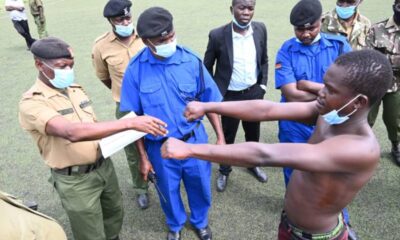World News
As Durst Murder Case Goes Forward, HBO’s Film Will Also Be on Trial
-

 General News5 days ago
General News5 days agoKenya Police Recruitment Training: Complete Preparation Guide
-

 General News1 week ago
General News1 week agoMagoya Boils! CS’s Choice Moses Omondi Cornered by Angry Ugunja Youths
-

 General News1 week ago
General News1 week agoHow the Government Sank Sh49.5 Billion Into Housing Projects Without Land Ownership
-

 General News1 week ago
General News1 week agoFrom Ivory to Rhino Horn: How Feisal Mohamed Ali Keeps Escaping Justice
-

 General News1 week ago
General News1 week agoA New Hope in Ugunja: Lillyanne Aketch’s campaign is shaking up the by-election.
-

 General News5 days ago
General News5 days agoRyan Injendi Hits Out at Mudavadi Over Malava UDA Nominations
-

 General News1 week ago
General News1 week agoGithunguri MP Gathoni Wamuchomba Denies Claims of Spying for UDA
-

 General News5 days ago
General News5 days agoWhat to Do If You Are Unfairly Disqualified from Police Recruitment in Kenya






